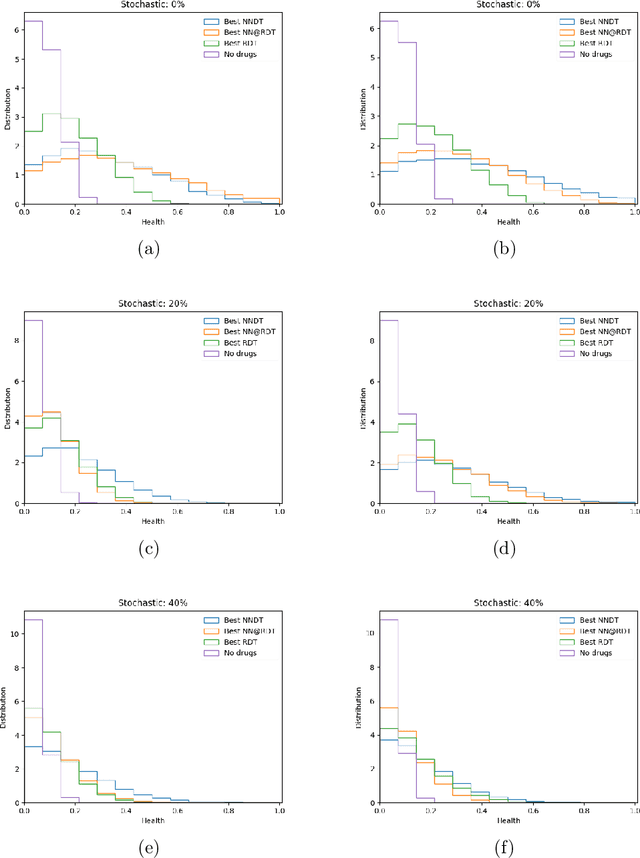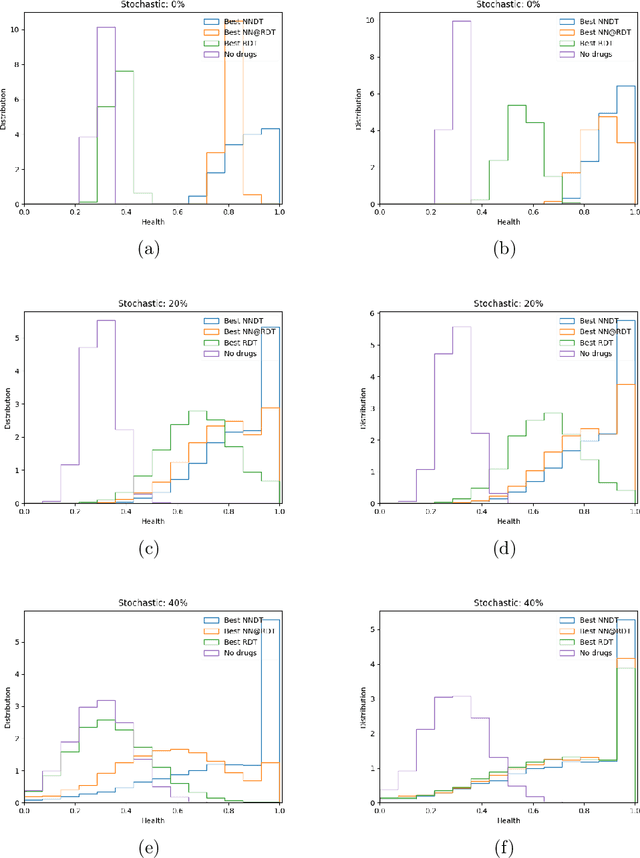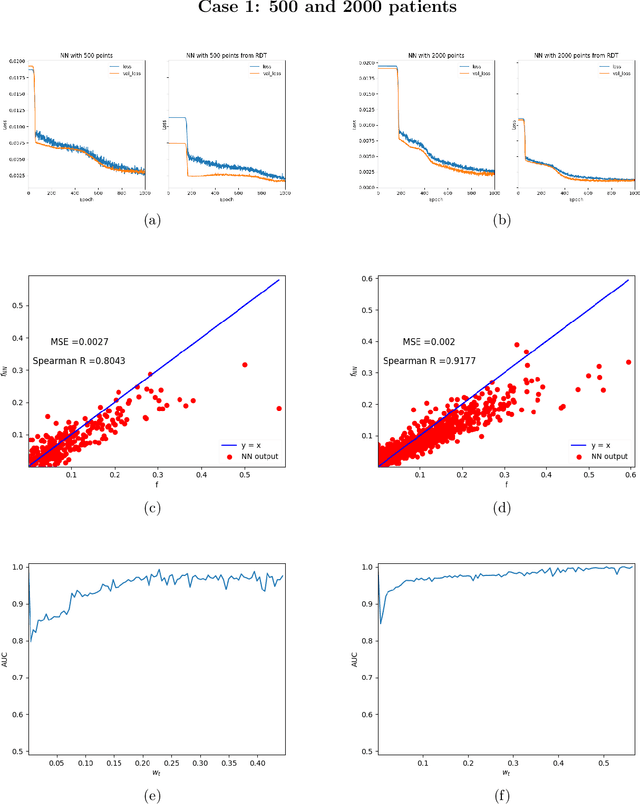A Machine Learning alternative to placebo-controlled clinical trials upon new diseases: A primer
Paper and Code
Mar 26, 2020



The appearance of a new dangerous and contagious disease requires the development of a drug therapy faster than what is foreseen by usual mechanisms. Many drug therapy developments consist in investigating through different clinical trials the effects of different specific drug combinations by delivering it into a test group of ill patients, meanwhile a placebo treatment is delivered to the remaining ill patients, known as the control group. We compare the above technique to a new technique in which all patients receive a different and reasonable combination of drugs and use this outcome to feed a Neural Network. By averaging out fluctuations and recognizing different patient features, the Neural Network learns the pattern that connects the patients initial state to the outcome of the treatments and therefore can predict the best drug therapy better than the above method. In contrast to many available works, we do not study any detail of drugs composition nor interaction, but instead pose and solve the problem from a phenomenological point of view, which allows us to compare both methods. Although the conclusion is reached through mathematical modeling and is stable upon any reasonable model, this is a proof-of-concept that should be studied within other expertises before confronting a real scenario. All calculations, tools and scripts have been made open source for the community to test, modify or expand it. Finally it should be mentioned that, although the results presented here are in the context of a new disease in medical sciences, these are useful for any field that requires a experimental technique with a control group.
 Add to Chrome
Add to Chrome Add to Firefox
Add to Firefox Add to Edge
Add to Edge